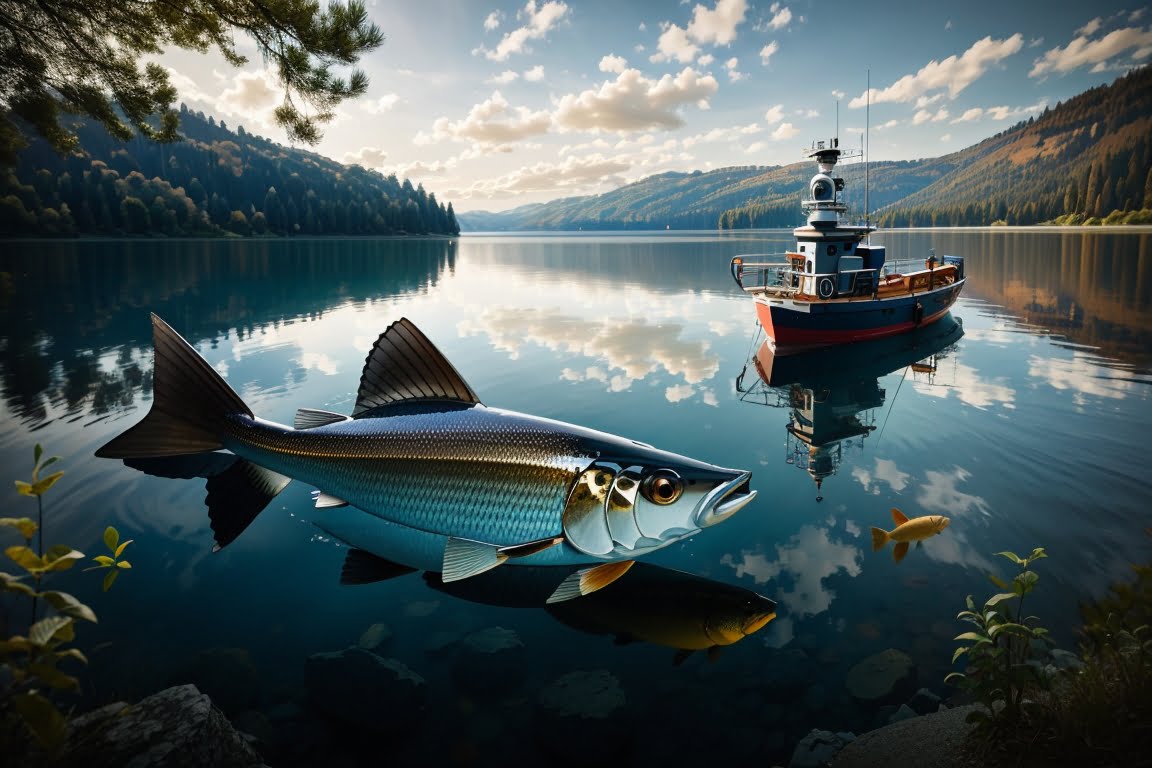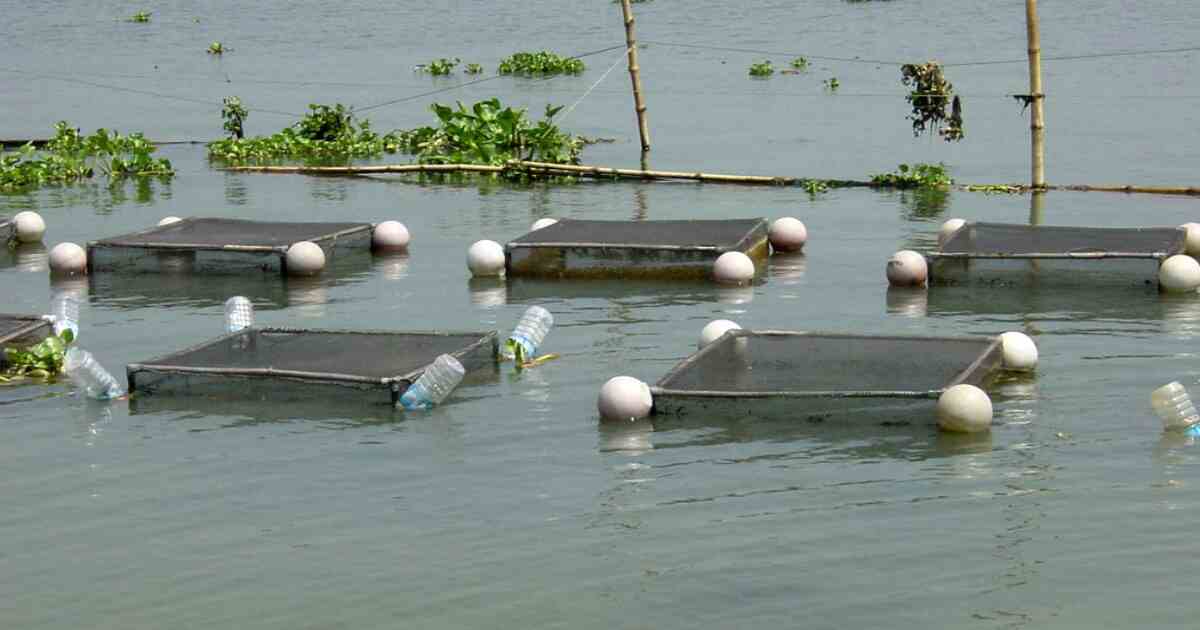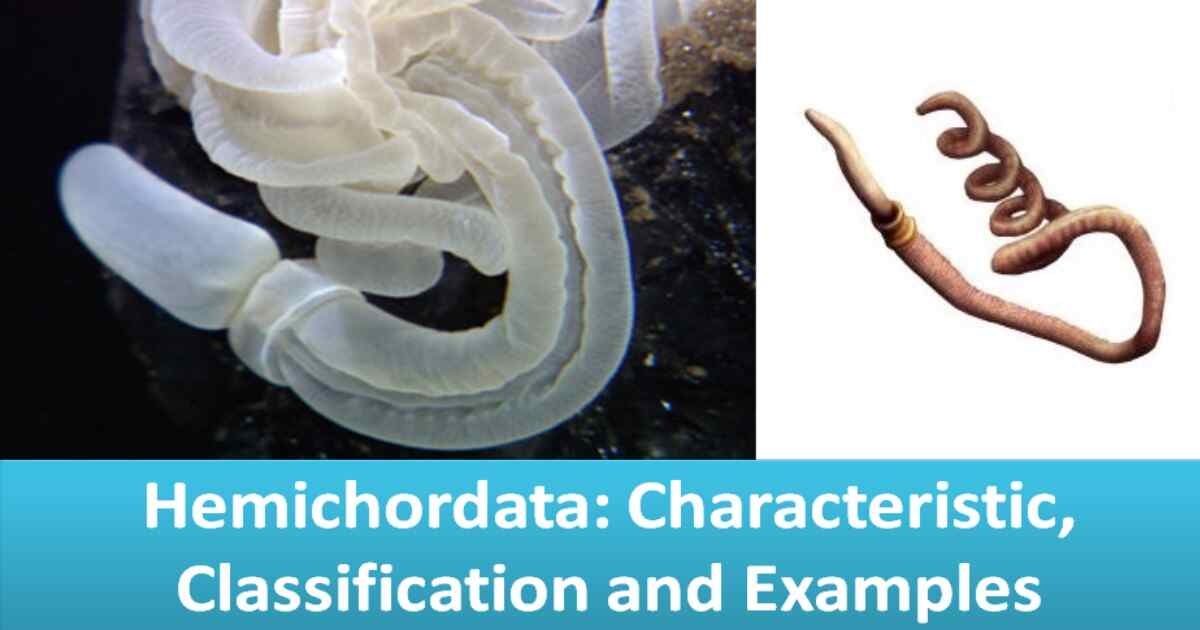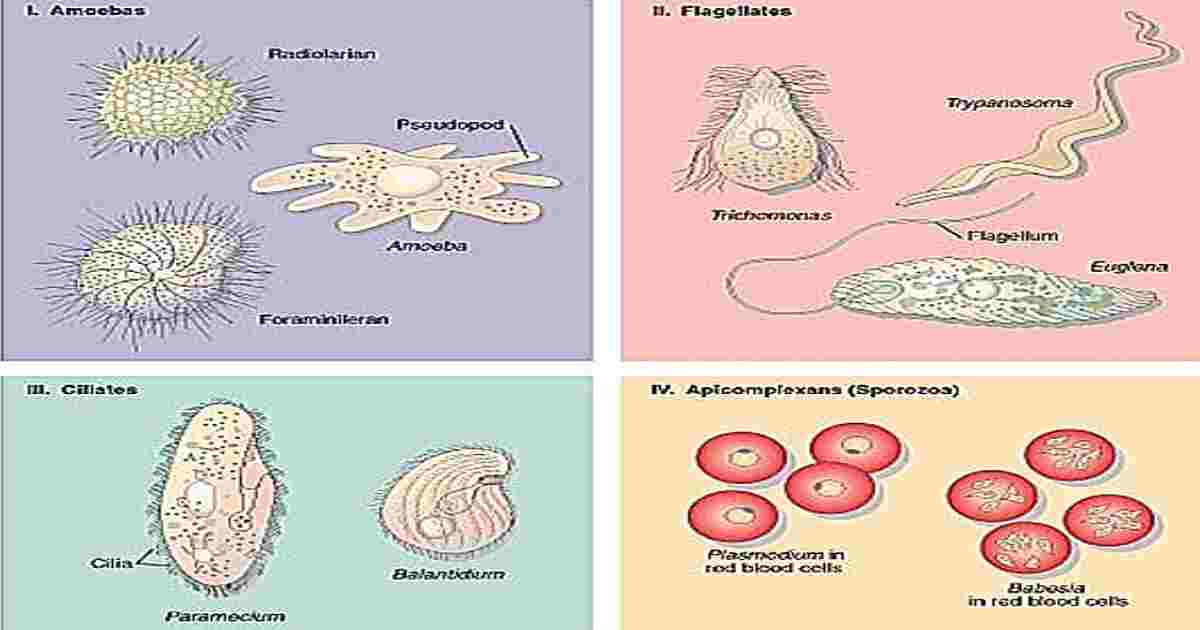Polymorphism in Coelenterates (Cnidarians): Coelenterates, also known as cnidarians, are a diverse group of animals that include jellyfish, corals, and sea anemones. While coelenterates do not exhibit the same level of complexity and diversity in terms of polymorphism as some other animal groups. Polymorphism is a term used to describe the existence of different forms or types within a single species. In the case of coelenterates, which include the phylum Cnidaria, there are a few notable examples of polymorphism within this phylum. Here are some examples of polymorphism in coelenterates.
Polymorphism in Coelenterates (Cnidarians)
Polymorphism in Corals:
Coral colonies often exhibit polymorphism, with distinct types of individuals known as polyps. Within a
coral colony, three main types of polyps can be found: ‘Polymorphism In Coelenterates’
- The primary polyps are larger and responsible for the initial attachment to the substrate.
- The feeding polyps, known as gastrozooids or autozooids, have extended tentacles and are involved in capturing food through stinging cells called cnidocytes.
- The reproductive polyps, called gonozooids or medusoids, produce reproductive structures such as eggs and sperm, eventually giving rise to new coral colonies.
 |
| Polymorphism in Corals Madrepora radula colony |
Polymorphism in Hydroids:
Hydroids, a group of small, colonial coelenterates, exhibit polymorphism within their colonies. Different
types of polyps can be found within a hydroid colony:
- Feeding polyps, known as gastrozooids, have tentacles equipped with cnidocytes for capturing prey.
- Reproductive polyps, called gonozooids, produce medusae or specialized reproductive structures for asexual reproduction.
- Protective polyps, known as dactylozooids or hydrothecae, have elongated bodies and function to
provide protection to the colony.
Polymorphism in Jellyfish:
Some jellyfish species exhibit polymorphism in the form of different medusa stages within their life cycle.
For example, certain species of jellyfish have both asexual (polyp) and sexual (medusa) stages. The medusa stage can have variations in size, shape, and tentacle arrangement, depending on the species. Jellyfish typically have a life cycle that alternates between a medusa stage (the familiar free-swimming jellyfish) and a polyp stage (a stationary, attached form). The polyp stage can exhibit different morphological forms within a species, allowing for polymorphism.
Polymorphism in Sea Anemones:
Sea anemones, which are solitary polyps, can also display polymorphism. For instance, within a single species, different individuals may exhibit variations in size, coloration, and tentacle arrangement. For example, in the species Actinia equina, individuals can vary in size, with larger individuals having longer and more numerous tentacles compared to smaller ones. Some sea anemones also exhibit different color variations, allowing them to blend in with their environment or attract prey.
These are just a few examples of polymorphism observed in coelenterates. The different forms or types within a species often have specialized functions related to feeding, reproduction, defense, or attachment to the substrate. Polymorphism in coelenterates is an adaptation that enables them to occupy various ecological niches and perform specific roles within their colonies or communities.








